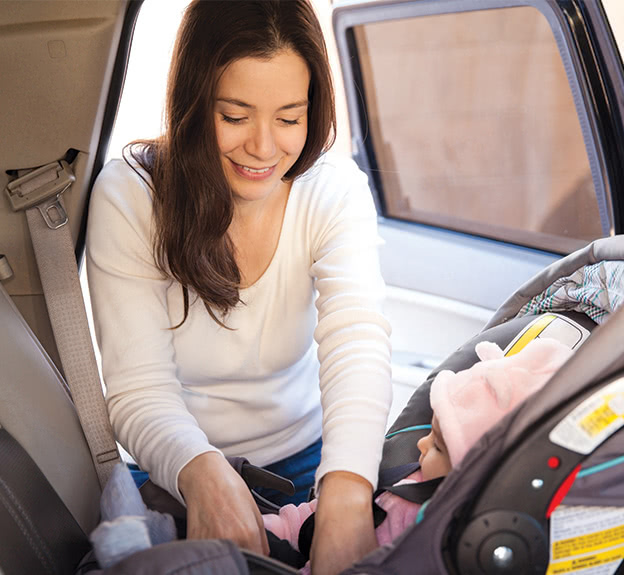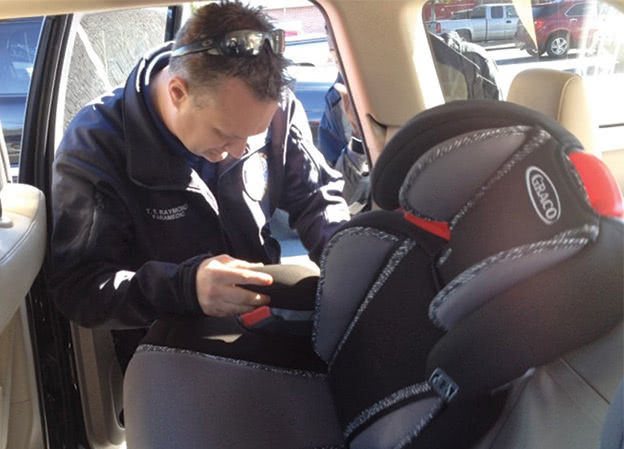
Section
Car Safety
Whenever your baby is in a car, she must be in a car seat. You need a car seat to bring your newborn home from the hospital.
It’s important to install your car seat correctly, and to buckle your child in the right way. As your child gets older, she will outgrow her first car seat and need a different type.
Where to Find Help
Information from the highway patrol on how to secure your child in a car seat; includes child safety videos.
1-800-835-5247
Where to get your car seat checked, information on choosing and using a car seat.
1-866-732-8243
Information on car and highway safety from the National Highway Traffic Safety Administration.
1-888-327-4236
Things You Can Do
All children younger than 13 should ride in the back seat. Front-seat air bags can cause serious injuries or death to children.
Children under 8 should be in the right-size car seat or booster in the back seat.
All older children and adults should wear seat belts. This is the law.
Make sure your family arrives at your destination safely. Avoid distractions, including texting.
Choosing a Car Seat
Keep your child in a rear-facing seat until she is 2 years old, or weighs over 40 pounds, or is over 40 inches tall.
Toddlers and preschoolers should ride in a forward-facing car seat. Some seats convert from rear-facing to forward-facing, so you can use them longer.
Keep your child in a forward-facing car seat until she outgrows its height and weight limits. Then put her in a booster seat, which helps her use a seat belt correctly.
Children should ride in a booster seat until they are 8 years old or are 4 feet, 9 inches tall. Then all children and adults need to use seat belts.
Beware of Used Car Seats
Buy a new car seat, even if it’s not the most expensive model. A new seat has the newest safety features. A used seat may have worn parts, or hidden damage from a crash. Don’t use a car seat after its expiration date.

Car seats for babies and small children should face backward.
If You Need a Car Seat
Many hospitals and counties have programs to help people get a car seat. If you need help paying for a car seat, ask your prenatal doctor or hospital.
Install It Right
Car seats must be installed correctly to protect your child. This isn’t easy, but you can get help. You can see tips and videos at www.safercar.gov. Or search for an inspection station near you. Many fire departments do car seat inspections.

Many fire departments can check whether your car seat is installed correctly. Photo courtesy of the Hoover, Alabama, Fire Department.
Never Leave Your Child Alone In a Car
Even if you’re just stepping out for a minute, and even if your child is asleep, never leave her by herself in the car.
A parked car quickly heats up to dangerous temperatures.
Power windows can injure or strangle a small child.
Your child can accidentally release the brake.
The car can be stolen with your child in it, or your child can be taken from the car.
Here are two ways to remember that your young child is in the car.
Leave something you need, like your purse or cell phone, on the back seat.
Ask your child care provider to call you if your child does not arrive at daycare when she should.